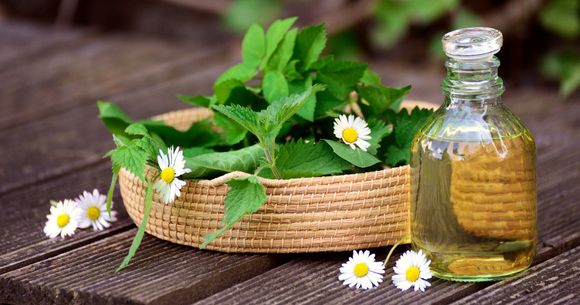Our country is known for hundreds of famous individuals who have worked for the enlightenment of the people, for the preservation of our spirit and our language and alphabet. But besides educators and scholars, we also have remarkable medical professionals and doctors. Some of them honor folk medicine and herbal treatment as means of healing and treatment. One of those people we have introduced you with recently - Petar Dimkov the Healer. Besides being known for his wise words about kindness and happiness, Petar Dimkov is faithful to the means of folk medicine, with which he heals thousands of people. In this article we will explain why we call him the Healer and who are his twelve golden herbs for treating numerous ailments and conditions.
Who is Petar Dimkov
Born in 1886, Petar Dimkov is the child of a priest and healer. It is his mother who is the main inspiration for the future healer. In his book "Bulgarian Folk Medicine" Petar Dimkov shares that his mother Ekaterina Dimkova was the person who tirelessly sought, recorded and stored folk recipes for natural treatment. He received her recipe collection at the age of 14, and then his life became a string of surprising and challenging events.
Military school in Russia, participation in three wars, serious merit for the construction of the Asparuhov shaft, construction of the Arch and Park Musem "Vladislav Varnenchik" in Varna, these are part of his valuable contributions. But all the time there is one thing that guides his path, and this is the attraction to the healing tools of folk medicine.
Continuing the path of his family, Petar Dimkov devoted a huge part of his life to studying herbs, discovering and collecting recipes, improving and testing them. He was one of the first brave adherents of the environmentally friendly way of life, always calling for moderation in everything, practicing self-control and self-suggestion, preserving the health and purity of the soul through inquisitiveness and kindness. Because according to the Healer, "Kindness is a precious health" and "The joyful one does not suffer."
According to unofficial data, after censoring his book "Handbook on Natural Healing and Living" and despite the ban on practicing, Petar Dimkov saved the lives of more than one hundred thousand people. And if this is not an example of dedication, then what else?
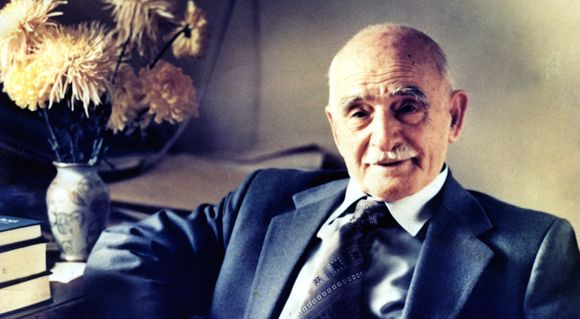
Petar Dimkov ranks 67-th in the guide "The 100 Most Influential Bulgarians in Our History" published by Prof. Dr. Andrey Pantev and Borislav Gavrilov [ref. 1]. Whether this place is too low for him or rather high you will be able to judge for yourself if you become acquainted with his work and life path. We actually share his story in The recipes of Petar Dimkov the Healer - scientific reading (part 1), where we also speak about the tribulations in the healer's life and the fact that he never loses hope, he is always ready to help his fellow siblings even in wartime, and most importantly, that he leaves us abundant national wealth in the form of numerous recipes for folk medicine and tried-and-tested advice on good health.
The Healer's Twelve Golden Herbs - part 2
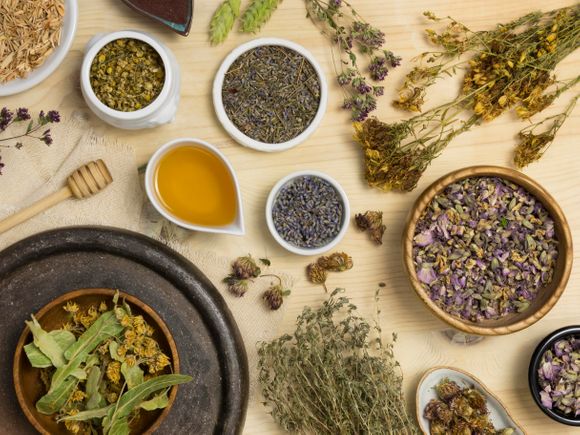
"Bulgarian Folk Medicine. Volume 1-3. Natural treatment and natural life in three volumes", "500 herbs for 50 diseases. Book 1: Petar Dimkov's Recipes for Cancer", "Eye Diagnosis" are among the most famous books of the Healer. And this nickname is received because from the beginning he helps people and treats them selflessly, without any payment.
Inside the works of Petar Dimkov can be found thousands of pages with recipes for abscesses, atherosclerosis, Bazedova disease, blood and tooth diseases, insomnia, trivial cough and cold, constipation, erythema lupus, epilepsy, even leukemia and hundreds more health disorders.
At the heart of the herbal treatment administered by Petar Dimkov the Healer are carefully collected, stored and applied herbs. Only natural means and methods of preparation such as baths, massage techniques, compression therapy and others are used, combined with moderate nutrition, physical activity and work on a subconscious level.
As golden herbs, twelve different medicinal plants stand out in the recipes, which possess numerous beneficial properties. In the first part we talked about Agrimonia eupatoria, Pine Tips (Pinus sylvestris L.), Easter ("chief healer") (Veronica, plantaginaceae family), Nettle leaf (Urtica Dioica), St. John's Wort (Hypericum perforatum) and Yellow yarrow (Achillea clypeolata). And today we continue with the presentation and analysis of the scientifically proven benefits of the remaining six herbs, which are:
- Plantago major L. is used in folk medicine worldwide, not only in our country. [ref. 2] The leaves of the plant contain valuable polyphenol compounds, [ref. 3] which contribute to improving digestion, brain function and blood sugar levels. This plant contains a number of effective chemical ingredients, including flavonoids, alkaloids, terpenoids, phenolic acid derivatives, iridoid glycosides, fatty acids, polysaccharides and vitamins. [ref. 4] Besides all this, it turns out that Plantago major protects the liver from damage - it has a well-known and proven hepatoprotective, effect as well as anti-inflammatory action in the body [ref. 5].
- Raspberry leaves (Rubus idaeus L.) - raspberries are a source of ellagic acid, its 4-Arabinozide, 4' (4' '-acetyl) arabinoside and 4' (4' '-acetyl)xyloside, as well as quercetin and kempferol 3-glucosides. All listed ingredients are antioxidant compounds that can destroy free radicals. Red raspberry (Rubus idaeus L.) has been shown to reduce oxidative stress in obese diabetic mice, which is probably due to the polyphenols and fiber contained in the raspberries. [ref. 6] The bioactive potential of red raspberry has also been studied for its cytotoxic and cytoprotective activity on larynx carcinoma and colon adenocarcinoma in humans. The results are part of the scientific publication The bioactive potential of red raspberry (Rubus idaeus L.) in exhibiting cytotoxic and cytoprotective activity on human laryngeal carcinoma and colon adenocarcinoma. [ref. 7] Raspberry is part of the Healer's recipes for constipation, angina and pharyngitis, dysentery and more.
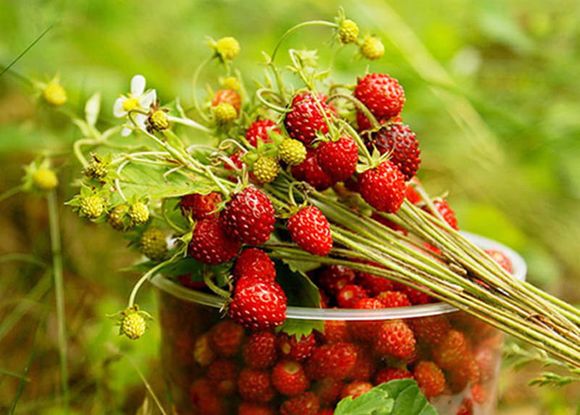
- Forest strawberry leaves (Fragaria vesca L.) - Fragaria vesca (wild strawberry) belongs to the Rose flower family. Plants of this family contain flavonoids, tannins, volatile oils, methyl salisilate and borneol. Fruits contain salicylic acid and are useful in the treatment of liver and kidney diseases, as well as in the treatment of rheumatism and gout [ref. 8, 9] Forest strawberries also have antioxidant, antimicrobial and anti-inflammatory properties, making them great allies of our immunity. The Healer recommends strawberries as part of a special decoction for quitting smoking, for itching of the external genital organs [by oral intake of a mixture of agrimony, pine tips, deciduous plantain (leaves), forest strawberry leaves, lemon balm, marigold (leaves and color) and Alchemilla vulgaris] and many more. [ref.9]
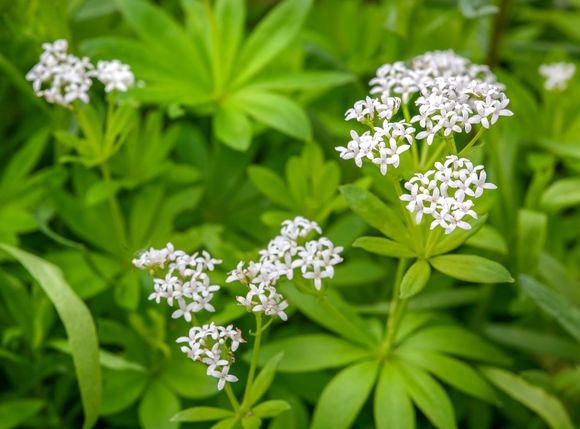
- Galium Odoratum- this beautiful flowering perennial plant of the Rubiaceae family besides beauty, also holds useful substances. The plant contains coumarin (0,4-1%), asperulosid (0,05-0,3%), monotropein (0,04%), tanins, iridoids, anthraquinones, flavonoids and traces of nicotinic acid. These active compounds help relieve burns and heal wounds faster and have an antioxidant effect. [ref. 10] Phenolic acids, flavonols (derivatives of querercetin and kaempferol) and iridoids are the main compounds of G. odoratum extract, which affect the expression of virulence factors and the formation of biofilm by the uropathogenic Escherichia coli. In other words, the extract of Galium Odoratum can be used in the prevention of urinary tract infections - it is also found in such recipes of the Healer, as well as in recipes for breast cancer, chronic constipation and belching, muscle spasms and other problems. [ref. 9]
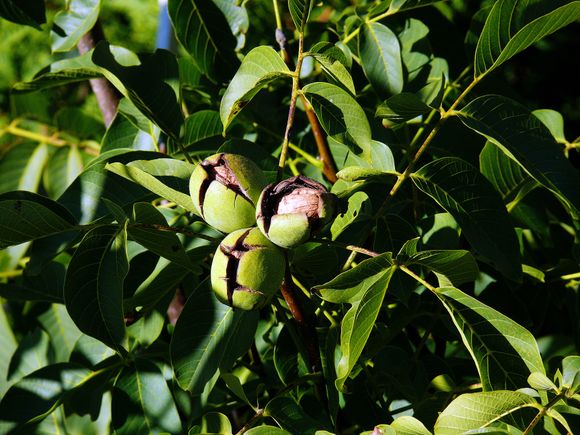
- Walnut leaf (Juglans Regia) - walnut is a medicinal plant with many beneficial properties and great therapeutic potential in traditional medicine. In addition to having high antioxidant levels, walnuts are a source of many chemical compounds such as ascorbic acid, flavonoids, querercetin and caffeic acid. Walnuts are also rich in nutrients - they are high in fats, proteins, vitamins and minerals. They are also a good source of flavonoids, sterols, phenolic acids and related polyphenols. [ref. 11] Juglans regia leaves are mostly used in traditional medicines worldwide such as antimicrobial, antihelmintic, keratolytic, antidiarrheal, hypoglycemic, depurative, tonic agents. [ref. 12] As far as the Healer's recipes, walnuts are used for complete balanced nutrition, used in the raw eating diet he encourages, and the leaves are recommended to the liver, cardiac and kidney patients as part of baths or decoctions. The use of walnut leaves is also found as part of tinctures for healing cracked and broken bone, treatment of moles, wrinkles on the face, etc. [ref. 9]
- Grains of red juniper (Juniperus oxycedrus) - grains of Juniperus oxycedrus contain flavonoids, flavones, terpenoids, monoterpenoids, sesquiterpenoids, volatile oils and are being used for digestive problems, including upset stomach, intestinal gases (flatulence), heartburn, bloating and loss of appetite, as well as gastrointestinal infections [ref. 13]. They are also used in urinary tract infections and kidney and bladder stones due to their proven antimicrobial, hypotensive, cytotoxic, antioxidant, hypoglycemic, analgesic, anti-inflammatory and relaxing smooth muscle effects [ref. 13, 14, 15] Petar Dimkov includes red juniper in herbal recipes for jaundice, cirrhosis of the liver, paralysis of limbs, destruction of hip joints, blisters, kidney or adrenal glands tumors, muscle spasms and other conditions.
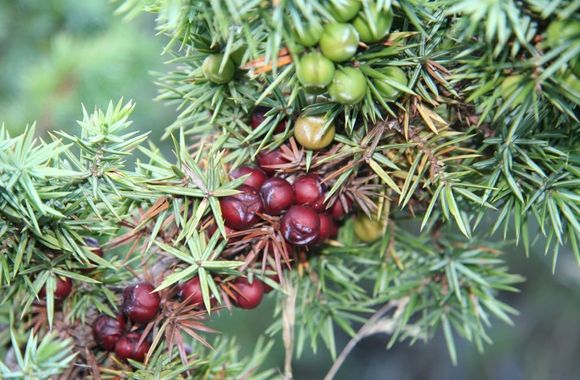
The Healer gives us so much knowledge and value, which can help us make our lives more harmonious, and our health more resilient and sustainable. And not only that - numerous scientific publications support the usefulness of the herbs with which the Healer has treated people, and we can also use in the same way. We believe in the power of folk medicine, which people have practiced for centuries and believed to be helpful for a huge number of health problems. We also believe that Petar Dimkov's knowledge should reach more people through his work and recipes, especially at a time of pandemic and searching for opportunities to improve everyone's health.
"Our ancestors have not left us many monuments for the treatment of their disabilities, therefore the present generation has a sacred obligation to collect the remnants of our folk medicine, for if it does not happen now, everything will spill and disappear without a trace."
Prof. Stefan Vatev, M.D.
(1866-1946)
